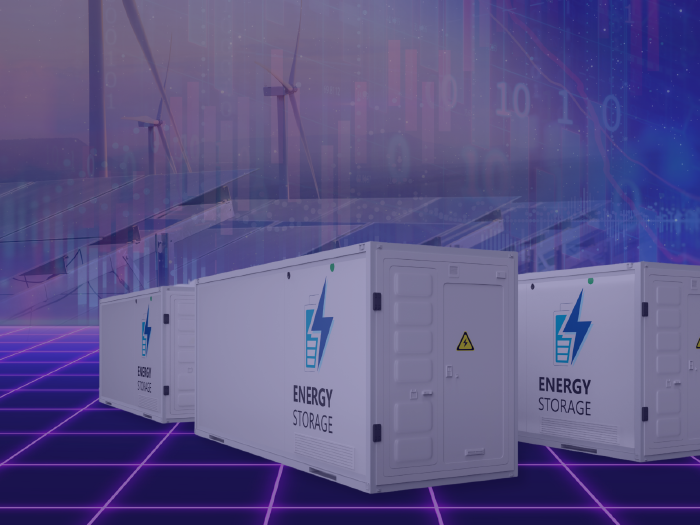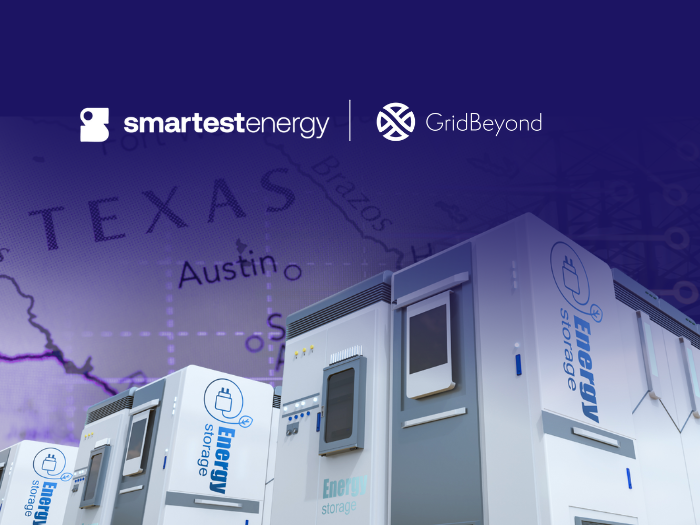News
better business decisions
Posted 1 month ago | 4 minute read

FERC to develop rules for interconnecting large loads
US Energy Secretary Chris Wright has issued an advance notice of proposed rulemaking directing the Federal Energy Regulatory Commission (FERC) to develop rules for interconnecting large electric customers, such as data centers and hybrid facilities with a peak demand of 20MW or higher.
Wright’s proposed rule, issued on October 23, allows customers to file joint, co-located load and generation interconnection requests. It will also significantly reduce study times and grid upgrade costs, while reducing the time needed for additional generation and power to come online. Wright also directed FERC today to initiate rulemaking procedures with a proposed rule to remove unnecessary burdens for preliminary hydroelectric power permits. Secretary Wright’s proposed rule clarifies that third parties do not have veto rights over the issuance of preliminary hydroelectric power permits.
The proposed rulemaking asserts FERC jurisdiction over large load interconnections under the Federal Power Act (FPA). While the proposed rulemaking does not specify detailed terms and conditions for large load interconnections, it sets out a series of underpinning principles:
- FERC’s jurisdiction will be limited solely to interconnections directly to transmission facilities
- the reforms will apply to new loads greater than 20MW; but alternative thresholds could be proposed in the rulemaking process
- load and hybrid facilities should be studied together with generating facilities “to the extent practicable.” This suggests that the new rules could be integrated with the existing generator interconnection procedures rather than having to be a set of separate procedures
- under the rules, load and hybrid facilities should be subject to standardized study deposits, readiness requirements and withdrawal penalties similar to generating facilities, but alternative requirements could be proposed
- hybrid facilities should be studied based on the amount of injection and/or withdrawal rights requested
- any hybrid interconnection will be required to install the system protection facilities necessary to prevent unauthorized injections or withdrawals that exceed the respective rights
- the interconnection study of large loads that agree to be curtailable and hybrid facilities that agree to be curtailable and dispatchable should be expedited. Comments are invited on whether this should be accomplished through a serial interconnection study process or by some other means and on other specifics, such as deadlines and any expedited process
- load and hybrid facilities should be responsible for 100% of the network upgrades that they are assigned through the interconnection studies. Comments are invited on whether such costs should be offset through a crediting mechanism
- to the extent the interconnection customer is not the transmission owner, the interconnection customer will be afforded the same (or equivalent) option to build as currently provided to generator interconnection customers
- an existing generating facility that seeks to enter a partial suspension to serve a new load at the same location must go through a system support resource/“reliability must run” type study, which must consider system conditions, including forecasted load growth, at least three years after the proposed suspension date. The partial suspension can only proceed after any network upgrades needed to ensure reliability are placed into service. Any such network upgrades would be the responsibility of the generating facility
- utilities serving large loads, including those at hybrid facilities, should be responsible for transmission service based on their withdrawal rights, as that value amount reflects the quantity of capacity and energy that is being transmitted across the transmission system to the load
- utilities serving large loads, including those at hybrid facilities, should be responsible for ancillary services based on peak demand, without consideration of any co-located generation. Any co-located generating facilities will similarly be fully compensated for the provision of ancillary services
- utilities serving large loads must meet all applicable North American Energy Reliability Corporation reliability standards and open access tariff provisions.






